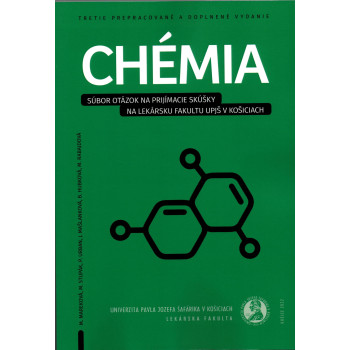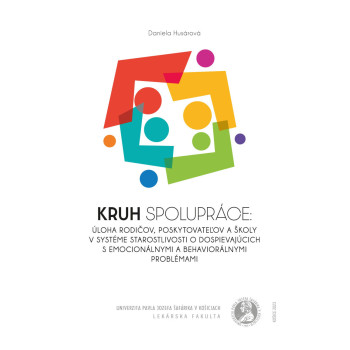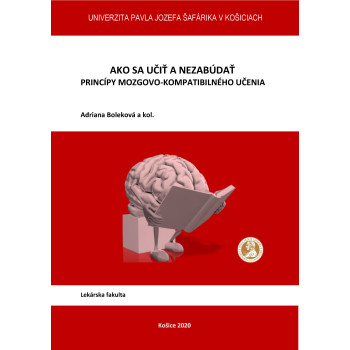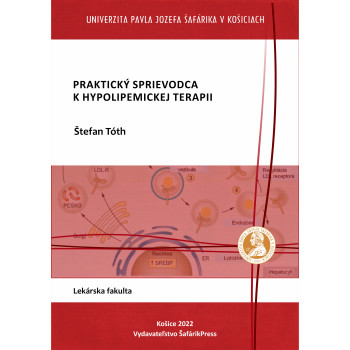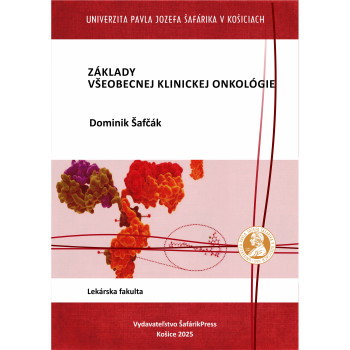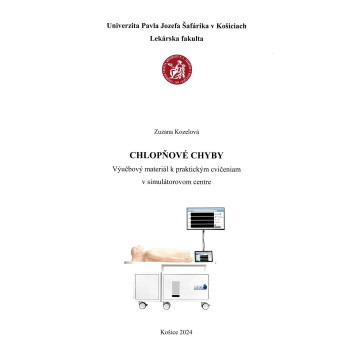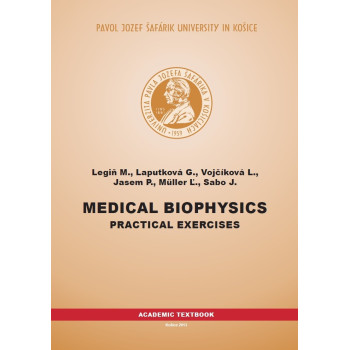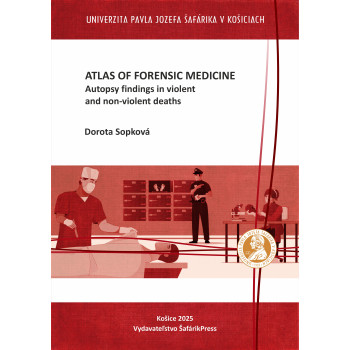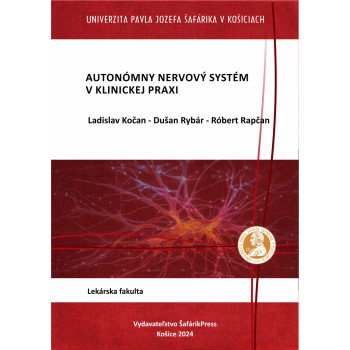
Chémia súbor otázok na prijímacie skúšky
Mária Mareková - Marek Stupák - Peter Urban - Jana Mašlanková -
Beáta Hupková - Miroslava Rabajdová
Publikácia je určená záujemcom o štúdium na UPJŠ v Košiciach, Lekárskej fakulte v odbore všeobecné lekárstvo a zubné lekárstvo. Obsahuje 1500 modelových otázok z chémie, ktoré sú spracované v súlade so vzdelávacím programom na gymnáziách a ktoré tvoria podklady písomných testov na prijímacích skúškach. Otázky na prijímacích skúškach však nemusia presne kopírovať otázky v tejto publikácii. Odpovede na otázky sú riešené formou ponúkaných variantných odpovedí obsahujúcich správne aj nesprávne možností, pričom správne odpovede sú uvedené v kľúči na konci publikácie. Táto publikácia vám poskytne možnosť overiť si hĺbku a rozsah vašich vedomostí z chémie, ktoré ste nadobudli počas stredoškolského štúdia a zároveň vám uľahčí prípravu na úspešné absolvovanie prijímacej skúšky. Autori problematiku rozdelili do kapitol, čo vám umožní rýchlo sa zorientovať a zistiť, ktorej oblasti sa musíte v štúdiu viac venovať. Cieľom predkladanej publikácie je umožniť každému uchádzačovi, ktorý má o štúdium na lekárskej fakulte vážny záujem, dobre sa pripraviť na prijímacie konanie a v prípade prijatia, mať dobrý základ na štúdium daného odboru.



